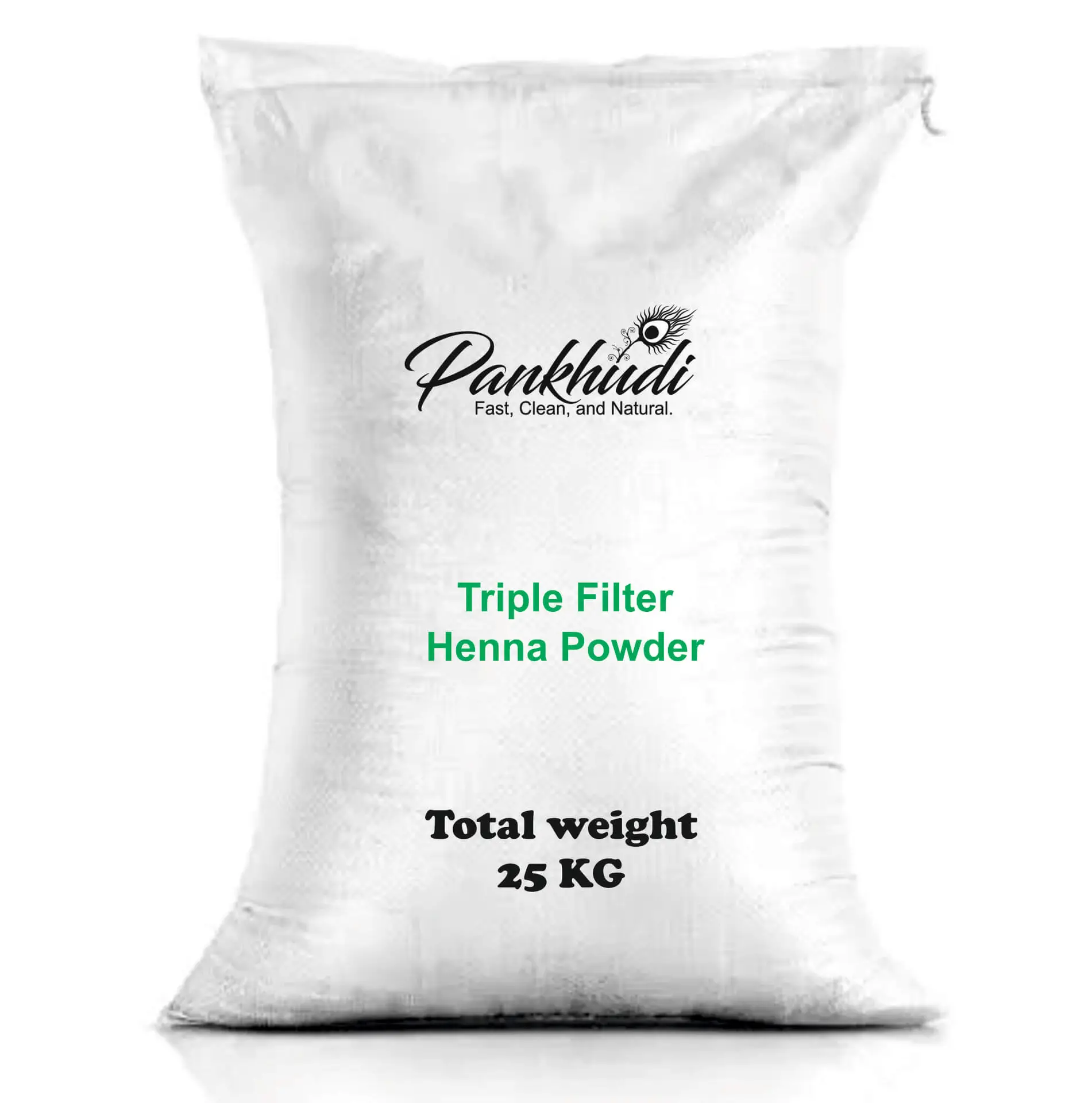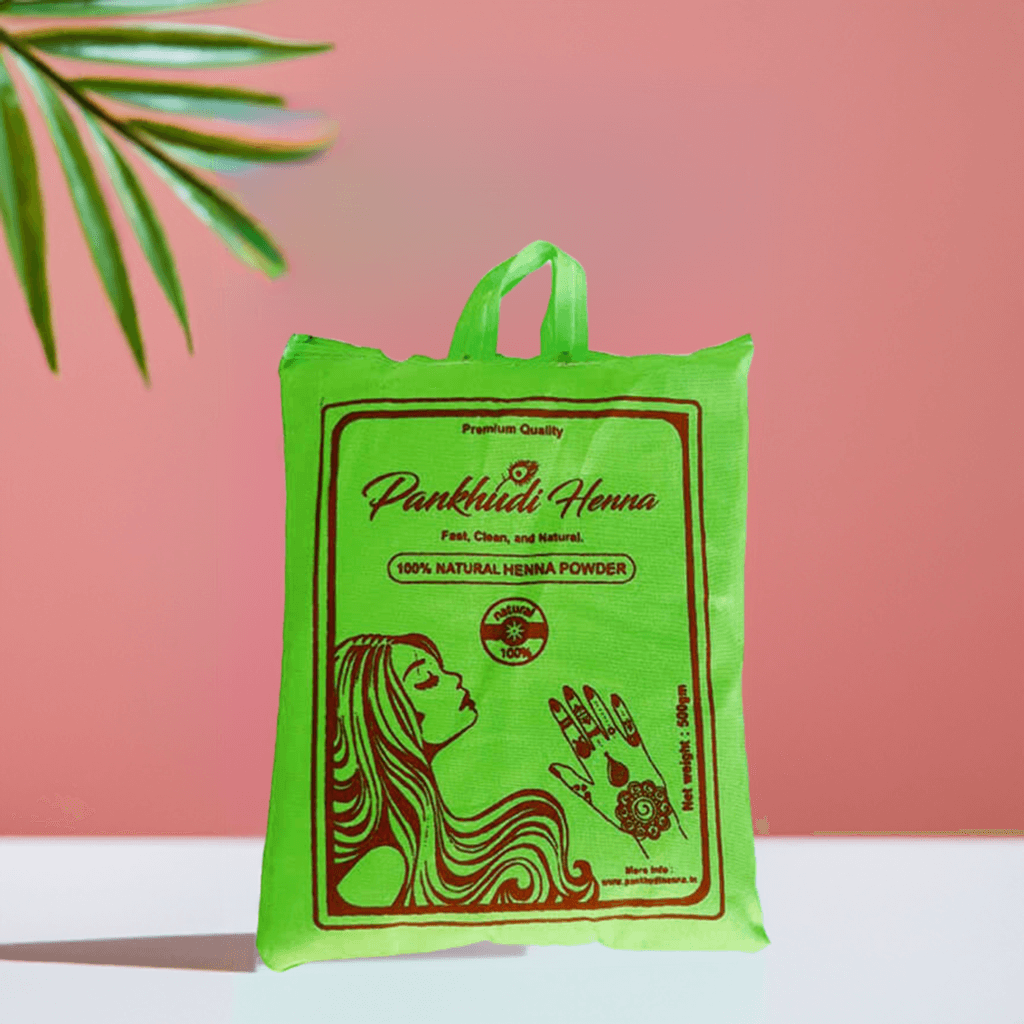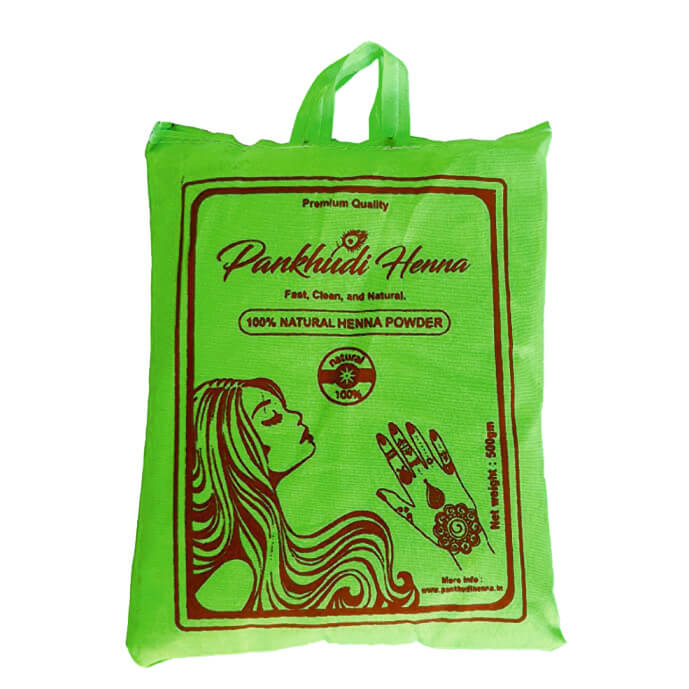The Ultimate Guide to Henna Mehndi: History, Designs, and Tips
Introduction
Henna mehndi, a timeless and captivating art form, has been enchanting people around the world for centuries. From its historical roots to its modern-day applications, mehndi offers a rich tapestry of cultural significance and aesthetic appeal. In this guide, we’ll explore everything you need to know about mehndi, including its history, popular designs, and tips for the perfect application.

What is Henna Mehndi?
Henna mehndi refers to the practice of applying a paste made from the powdered leaves of the mehndi plant (Lawsonia inermis) to the skin, typically for decorative purposes. The paste stains the skin a beautiful reddish-brown color that can last from one to three weeks. This art form is commonly used for special occasions such as weddings, festivals, and celebrations, making it a popular choice for those looking to add a touch of elegance and tradition to their events.
The History of Henna Mehndi
The use of mehndi dates back over 5,000 years, with evidence of its use found in ancient Egypt, India, and the Middle East. Initially, henna was applied to the hair and nails for its cooling properties and aesthetic appeal. Over time, its use spread to body art, becoming an integral part of various cultural and religious ceremonies. In Hindu culture, mehndi is an essential part of weddings and festivals like Diwali and Karva Chauth. Similarly, in Islamic traditions, henna is applied during celebrations such as Eid and weddings.
Popular Henna Mehndi Designs
-
Traditional Indian Designs: Characterized by intricate patterns featuring paisleys, flowers, and mandalas, traditional Indian henna designs often cover the hands and feet. These designs are known for their detailed and symmetrical patterns that symbolize prosperity and beauty.
-
Arabic Henna Designs: Arabic mehndi designs are generally less intricate but bold, featuring large floral motifs and flowing patterns. These designs often focus on creating an elegant and modern look with fewer details compared to traditional Indian patterns.
-
Pakistani Mehndi Designs: Combining elements from both Indian and Arabic styles, Pakistani henna designs are known for their elaborate and decorative patterns. These designs often incorporate traditional symbols and motifs, making them perfect for special occasions.
-
Modern and Minimalist Designs: For those who prefer a contemporary touch, modern mehndi designs include geometric shapes, simple lines, and minimalistic patterns. These designs are ideal for casual events or for individuals looking for a subtle yet stylish appearance.
Tips for the Perfect Henna Mehndi Application
- Choose Quality Mehndi: For the best results, use high-quality, natural henna powder. Ensure it is fresh and free from artificial dyes to achieve a rich, deep stain.
- Prepare the Skin: Clean and exfoliate the area where you’ll be applying the henna. This helps in removing any oils or dead skin cells, allowing the henna to penetrate better and give a more vibrant color.
- Apply the Paste Correctly: Use a cone or a fine-tipped applicator to apply the henna paste in intricate patterns. Apply the paste evenly and avoid thick layers, which can lead to uneven staining.
- Let it Dry: Allow the henna paste to dry completely before touching it. The longer you leave the paste on, the darker and more vibrant the stain will be. Ideally, leave it on for 4-6 hours.
- Seal the Design: After removing the dried paste, apply a mixture of lemon juice and sugar to seal the design and enhance the color. This helps the stain to develop fully and last longer.
- Avoid Water: Keep the henna design away from water for at least 24 hours to ensure the stain develops well. Avoid scrubbing or using harsh soaps on the area where the mehndi was applied.
Conclusion
Henna mehndi is more than just a decorative art form; it is a beautiful tradition that connects us to our cultural roots and adds a touch of elegance to our lives. Whether you’re preparing for a wedding, a festival, or simply want to adorn yourself with a unique and temporary design, mehndi offers endless possibilities. By understanding its history, exploring various designs, and following application tips, you can enjoy the beauty and significance of henna mehndi to its fullest.
Call to Action
If you’re inspired to try mehndi for yourself, visit our https://pankhudihenna.com/ to find high-quality mehndi products and design inspiration. Don’t forget to share your henna experiences and designs with us on social media using !






